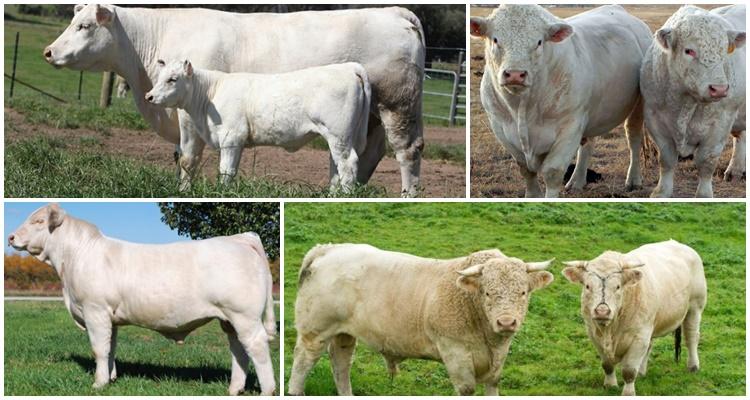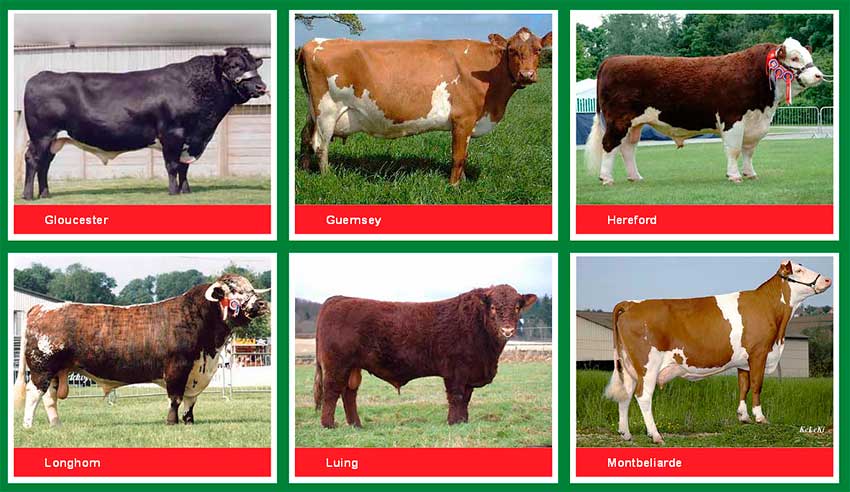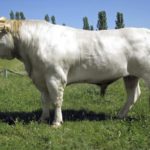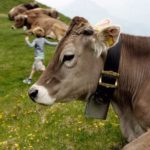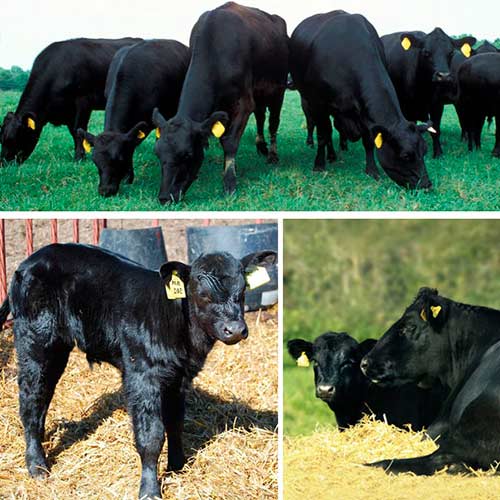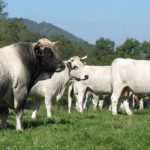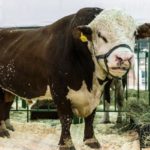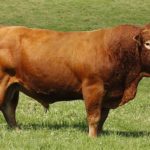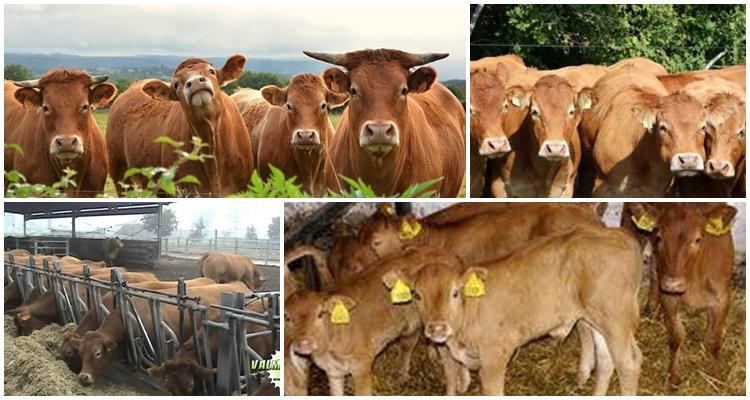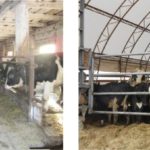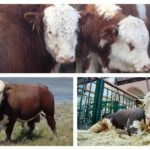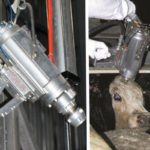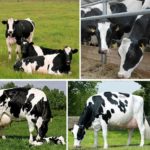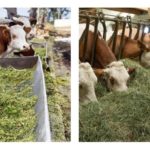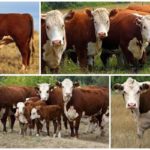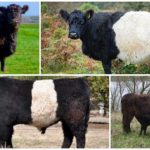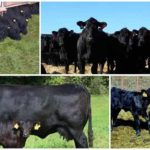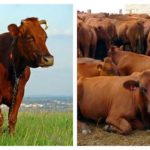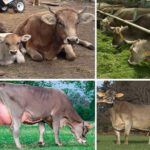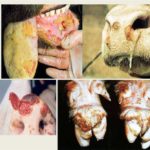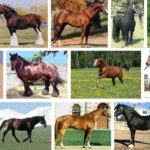The domestication of cattle occurred in ancient times and, apparently, almost simultaneously. This explains the fact that in different parts of the world there are different variations of beef breeds of bulls, because the ancestors of dozens, if not hundreds, of representatives of modern cattle began to be domesticated. A number of them no longer exist, and the rest have become the basis for breeding the most famous breeds.
General characteristics
Historically, in the New World, the main stock of bulls raised for meat belongs to meat breeds, and in Europe, both dairy and meat-and-dairy cattle are used for these purposes.
Specialized domestic bulls have been purposefully bred over the past three hundred years. The purpose of this activity was to obtain cattle capable of maximally efficiently and quickly increasing body weight by consuming feed typical for the area where the animals live.
Despite the existing differences associated with the origin of bulls from different progenitors, they have common features:
- Massive, strong bones, rectangular body contours, wide chest, rounded butt and hips.
- Significant dimensions.
- High productivity and productivity, early maturity.
- Fast weight gain.
- Unpretentiousness.
- Durable leather.
- Small udder.
Such traits are characteristic of most beef cattle breeds, regardless of origin and habitat.
Beef breeds of bulls of British origin
These are the most common representatives of cattle, the first specimens of which were bred in Great Britain in the 18th century. Since this empire had many colonies in different parts of the world, the settlers brought with them livestock, which became the basis for the breeding and selection of local livestock adapted to the climate and feed. The most popular cattle breeds of British origin, raised for fattening:
- Aberdeen Angus.
- Beefbuild.
- Galloway.
- Hereford.
- Devonian.
- Dexter.
- Lincoln.
- Longhorn.
- Sussex.
- Highland.
- Shorthorn.
Known more than others Aberdeen Angus breed. It is divided into two subspecies depending on coat color: black and red Aberdeen Angus. These are powerful animals with excellent taste characteristics of meat, suitable for obtaining a sought-after and expensive marbled product.
French breeds of beef bulls
France also gave the world a lot of cattle, which are used in “pure form” and as a basis for further selection:
- Limousinskaya.
- Men-anjou.
- Salerskaya.
- Charolais.
- Light Aquitanian.
Some purebred representatives of French origin have the ability to gain weight well when kept on pastures. For example, Maine-Anjou cows are also called red meadow cows because of their color and ability to efficiently use pasture feed.
Bulls of Central Asian origin
The following beef breeds of bulls are popular in this direction:
- Kazakh, or Kyrgyz.
- Kazakh white-headed.
- Kalmytskaya.
- Gray Ukrainian.
Such animals are perfectly adapted to living conditions in Central Asia and the steppe, desert regions of Russia and the Central Asian republics. They can be very large, reaching 900-1000 kilograms. Cows regularly give birth to calves, and breeding bulls are crossed with other breeds, improving their gene pool.
Russian breeds
In the Russian Federation, many different bulls are raised for meat, and most of them are adapted variations of the most popular representatives of foreign-bred cattle. In this case, cows of both Western and Asian breeds are used, which are better adapted to the conditions of the country than others.
In Russia, dairy and meat and dairy cows are more often bred, many of which were bred by Russian breeders, and some of them are originally local, with long-standing roots. Combined-purpose cows, obtained by hybridizing animals of various imported breeds, are also popular.
For example, the famous animals of the Kostroma breed were obtained by Soviet breeders by crossing local cattle with Swiss and Algauz bulls.
The rating of meat breeds of bulls of domestic selection is headed by the Russian polled. These are large black animals, devoid of horns, with strong legs and thin skin. They are perfectly suited to harsh climates, have excellent health, quickly gain weight, and at the same time produce expensive marbled meat. Cows weigh more than 500 kilograms, and bulls can weigh up to a ton.
How to choose the right one
If a new beef breed of bulls is selected for breeding, it is necessary to take into account, first of all, its adaptability to the climatic conditions in which the animals will live. Many varieties that have proven themselves well in warm climates begin to get sick in harsh conditions, do not gain weight as expected, and reproduce poorly.
The same applies to the demands on feed and pastures; for example, cows, accustomed to the mild conditions and abundant feed of the plains, are not suitable for growing in mountainous areas with sparse vegetation.
When purchasing livestock for meat, it is necessary to select young, strong and healthy animals. They have tender, soft flesh, devoid of coarse fibers and a minimal amount of fat, which makes such meat healthy. It is better to choose bulls for slaughter, because cows have less body weight. Buying a bull for meat will be more profitable.
Subtleties of content
In order for a beef bull farm to be profitable, two factors must be achieved:
- Receipt of a minimum of 85-90 calves per 100 adult cows ready for breeding. If the calf yield is below 85 per hundred mothers, the farm will be unprofitable.
- Intensive fattening of calves and culled animals not suitable for livestock reproduction. In order to reduce costs and production costs, low-cost intensive pasture feeding technology is used. With it, in the summer the animals are kept on pastures, and in the winter they are transferred to feeding with roughage.
It is not profitable for an enterprise to keep an animal for too long before slaughter and send bulls for meat until they reach 450-500 kilograms (weight depends on the breed). Therefore, when growing beef breeds of bulls A combined method is used, combining extensive and intensive methods.
After weaning from the cow, until the calf reaches 300-350 kilograms, inexpensive bulk feeds are used, which cause accelerated saturation. In this case, the weight gain will be no more than 750 grams per day. At the final stage of fattening, which lasts from 120 to 1810 days, intensive feeding is carried out, during which weight gain should reach 1000 grams in 24 hours. If the right beef breed of bulls and a competent fattening method are chosen, the agricultural producer will receive a profit, and consumers will receive healthy beef.

